I always think that to make a good piece of horror you need two primary things: seclusion and darkness… And there’s nowhere more dark and empty than space, which is why I think Alien or Dead Space work so very well.
While we awaited the much-anticipated remake of System Shock, a small group of veterans from the gaming industry stepped forward in 2016 and declared their intention to create a wholly new piece of narrative-horror fiction set in space, earning itself a successful Kickstarter campaign and band of loyal followers.
Doing a bit of digging, the team’s resumés included roles in the production of such hits as Destiny, Bioshock Infinite, Deus Ex: Human Revolution and Prototype, so like many others I was immediately intrigued by their proposition and pledged up.
The art sketches, narrative design and proposed game structure laid out by the game’s Executive Producer Dave Fracchia in their 2016 Kickstarter, painted a picture which was very close to what I was looking for in space horror: Abandoned space station? check. Alien race? check. Mystery to solve? check!
So, after a year and two months in development with at least one major delay since the Kickstarter closed, the game finally released on the 20th February 2018. Has the game lived up to Dave’s vision and everyone’s hopes?
The background
So, the background to The Station is nicely simple: Alien life was discovered, so a small team was sent to observe it, but soon after arriving, something malfunctioned on the spy station and you’ve been sent to find out what and get the mission back up and running.
So far so good. The spy station is actually a large space ship called The Espial , whose name fits the story absolutely perfectly. It has fast star drive capability, a stealth shield and from the outside bears a nice similarity to The Odyssey from the fantastic 80s cartoon Ulysses 31.
It turns out that the decision to send the Espial to the alien planet wasn’t entirely unanimous. This is because the alien race has been locked in global self-destructive conflict with itself, and members of the government are concerned that if the aliens find out about us, they’ll bring their own brand of hostility in our direction at Warp 9.
Welcome aboard space-agent 007…
The game opens with your ship decelerating from hyperspace, arriving in orbit, in a solid echo of Dead Space, or even faint echoes of the much older Mercenary 2: Damocles, and I’m sure many other games of the genre. As you dock with the Espial, you can watch the flashes of explosions on the planet below, as the alien race gradually annihilates itself.
You arrive into the tranquil Lounge area of the station. Holographic displays, a fishtank, a bar, games area and holo TV all sit in a glass-and-steel mezzanine floor above a lower area filled with lush luminescent plants. It’s at this moment, when you ascend the stairs, with surround-sound headphones that you really begin to marvel at the sheer beauty of the world this small team have created.
Scattered around the lounge are books, games, mugs and dishes. An empty champagne flute sits poignantly on the arm of a sofa, gazing out through a splendid cupola, while an upturned chair, and splashes of spilled drink betray the aggressive ending of a sharp argument. The feeling of having “just missed them” sets your hairs standing on end…
The ship welcomes you and enables your AR glasses/implants (not explained), and access to readouts, public notes and general comments the crew left for themselves or others around the station.
As with System Shock, the recent events just before your arrival are told through audio logs, and since this is a narrative game, it really pays to stop and access all of them. Many are placed so that you can experience what the author was feeling or experiencing at the time that the log was made, which makes for some poignant moments.
Through these logs and notes, you discover that something went wrong with the Espial, and the crew are off repairing it. This explains the lack of power to the door into the main part of the station, which is your first test.
This first test introduces you to the wonderful control systems in The Station which feel a bit like the LCARS system from Star Trek: You don’t just press clunky buttons. Here on the Espial you swish sliders! Once done, it’s time to explore!
The Espial
It’s once the door opens that the game’s mood drops a gear into ‘sombre’ thanks to the brilliant audio soundscape. The music quietens, developing a much darker flavour, while the surrounding bulkheads take on a more utilitarian feel. By exploring around, you soon come to realise that the station is fully modular, and each section has its own feel and purpose.
In most corridor areas “between modules” there’s at least one “work zone” where the ship’s engineer has been busily attempting to fix some glitch with the ageing station. Scattered around them are tools, wires, voltage testers, arc lamps, tool boxes, diagrams and any number of other things you’d absolutely expect to be there. Picking them up and trying to interpret the schematics is a fun distraction.

The attention to detail is scary, and possibly anal. Look at this space food I found in a fridge! It’s designed to look like low-gravity dehydrated rations with easy-pull tab. Yum!
Adjoining the first main hallway, there’s a well appointed galley area, with nice long kitchen, filled with coolers, space food, pots, pans, and all the other things you’d expect in the future. To say the design “looks good” is like saying “Versace liked to dress up a bit”.. Style, grace and futurism oozes from every pixel on the screen.
Once you leave the communal areas, you enter the crew’s private quarters. Being a narrative game, every last little detail has been planned, designed and executed with military precision. You can immediately “feel” the person from the way they’ve decorated their personal space.
Having been spoiled by Mass Effect and other ‘spacey’ games, It was really only when I entered the last of the three crew’s quarters that I finally appreciated the level of planning that the team had put into giving the character to the rooms: I felt like Admiral Thrawn, I really understood the crew from their art and personal spaces more than their notes and logs.
There are a lot more areas I’d love to show you, but to be perfectly honest, experiencing the areas and just touching things is what this game is all about. So I won’t ruin it too much more…
Fixing things…
After doing some sightseeing and learning more about the crew, it’s time to start doing the job we came for: getting the station back up and running. The first task involves stepping into the shoes of the ship’s engineer, and using his maintenance bay facilities to get a repair bot up and running.
The puzzle is inventive and wonderfully well executed, taxing your brain just enough to be fun. It’s a shame that it’s the only puzzle of its type, because I found it incredibly fun to ‘use’ the maintenance bay, rather than just wander through it as the backdrop to locating a “key” or “fusion engine part” like other games would have you do.
Graphics
It’s hard to describe the graphics in The Station without resorting to superlatives. It’s absolutely one of the best-looking games I’ve seen in a long time. Some of the areas are the equal of anything Bioware has put into Mass Effect, for example.
The use of bloom and blur at high resolutions makes everything feel just that right amount of polished and dreamy, while the fogged / smoky areas are mysterious and foreboding.
The only place where the game feels a little less polished is the title screen and in-game menus. They verge on the simplistic, which is at odds with the opulence elsewhere, but it doesn’t detract from the game as a whole.
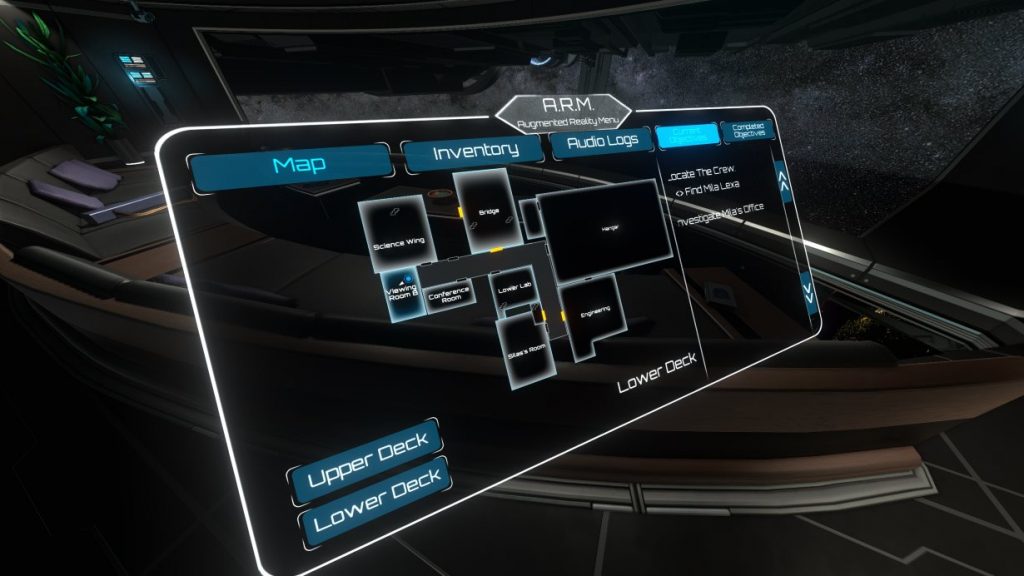
The menu interface appears in the world as a usable, walk-around-able touchscreen. It’s pretty darn slick.
Your inventory is accessed via a nice diegetic AR interface you can summon with the Tab key. While it’s complete and impressive to use, featuring inventory tasks and a minimap, the game barely requires it. I used it once in my playthrough when the control hint was displayed, and then forgot all about it, completing the game without ever opening it again.
I felt that more use could have been made of it since it’s so darn cool. Sorting the audio logs chronologically would have been a nice touch too.
Sounds
In-game, the whole background is a rich, lush bassy space station audio canvas on which objects rumble, swish, clank and echo perfectly.
Moving between corridors, (which wouldn’t be accoustically shielded I guess), to plush communal recreation or private areas, the background canvas changes from an industrial-like setting with the sounds of distant machinery and metallic echoing on top of a bass rumble, to a more pleasant air-con hiss, with the bass rumble moved into the background.
Everything makes its own sound using wonderfully crafted positional audio that is tuned specifically to each area you’re in; it works brilliantly on surround headphones. I almost jumped a mile when something metallic fell off a bench and behind me in the dark empty maintenance bay. The clang echoed around and I felt like a horde of monsters was going to rush in at any moment..
Objects sound ‘about right’ for their material, size and weight when you drop them or smack them off other things. It adds nicely to the sense of immersion. Also, as you’re moving around, different machines make specific sounds which echo around, really enhancing the luscious soundscape.
Saying this, for a deep-space horror game, it was surprisingly lacking in jump scares, with only a few audio-based ones.. More cries for help, jump-scare clanks or distant banging would have been nice to increase the tension a bit.
Level Design
The level design is The Station‘s absolute forte. Every single area is a feast for the eyes, filled with wondrous things to inspect from every angle. Just looking at the plants with rippling water reflecting their glow can be a strangely calming experience.
Standing absolutely anywhere on any of the levels and just spinning on the spot reveals a well-thought-out space ship designed to be lived and worked on for months on end, not just a series of identical hallways which an asset designer made with a handful of pieces of wall and floor. this game was designed for you to experience.
The map ‘opens up’ areas as you complete puzzles and get the ship running again, which reduces your search space when you need to find something for a puzzle, but sometimes the searching can reveal little easter eggs, cute notes and features. It really does pay to smell the roses in this game, if only because if you don’t, it’ll be over too quickly…
The game establishes fairly early on that the ship is modular in design, so you get a good sense of where things are by the feel of the module. Things proceed linearly through the levels, with few reasons to backtrack, so you take a steady journey through a variety of environments ranging from opulent to down-right creepy.

Want to know more about the Espial? Why not play with a model of it? I’m just adding the final piece to my design…
Filling each of those areas is a wonderful array of toys to play with, objects to look at, artwork, food, and so much more.
Gameplay
At its heart, the game is about narrative-guided exploration, i.e. following a story through to its conclusion by touching and reading things. Most of the game is experienced as a walking simulator reading the logs of the absent crew and finding items to grant access to new areas.
The pacing is nice and light with few hang-ups. None of the puzzles are overly complex and shouldn’t take more than a few minutes each to work out. This allows the narrative story to flow without diverting the player too long, yet still allowing the game to feel very interactive.
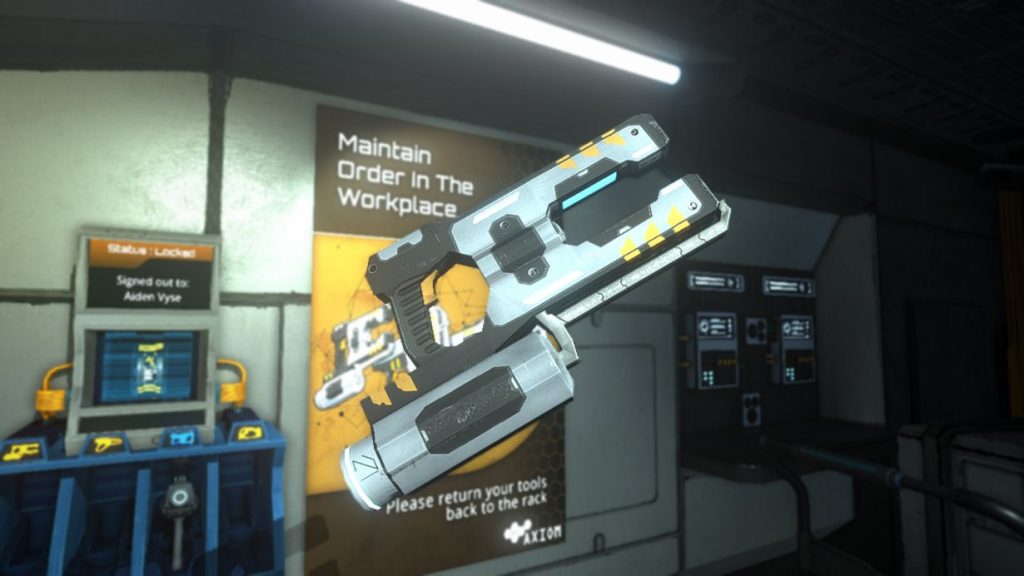
The game is chock full of beautifully designed objects d’art, common objects and work tools like this UltraStapler 9000 I found lying around.
In the image above is a small tool which you need to collect for one of the micro-puzzles. The design, the styling and texturing is wonderful. It hefts, and has solidity and a nice clank when you drop it, yet it’s total contribution to most people’s game will be less than 15 seconds. To The Station team, us players ignoring their careful detail must feel like a horde of philistines are wolfing down their gourmet meal without savoring the juices….
The puzzles are set up so that you’re solving problems with complex objects and futuristic machinery, looking and feeling the real deal. However the solutions allow you to use objects or glyphs quickly and easily, so a lot of the really gorgeous detail ends up a blur as the player runs from task to task.
The problem: Length
Here is where the main problem with The Station lies. At the game’s Kickstarter outset, Dave Fracchia explained that they were going for a short high-quality narrative experience that would last around two hours. Several backers expressed a little concern that this was a tad on the short side, but that if the price was right, a two hour narrative space-horror-game would be a winning recipe.
Unfortunately the players have found that thanks to optional areas, rather easy puzzles and the ability to run through the station, the game can actually be finished in around an hour if you just follow the story and avoid sightseeing.
Despite this, the team have placed the game on Steam at the $15 (£11.39) price point, which seems to have already started the debate over whether the price should be dropped. About 2/3rds of the reviews are already highlighting the length.
This must be immensely frustrating for the team to see negative reviews so early, however it’s clearly showing that spending so much development time focusing on stunning scenery, hoping it will carry a short game through at a higher price-point doesn’t fly.
Summary
The Station is a storytelling, graphics and sound tour-de-force opener from an independent game studio with a neat concept that has a lovely twist to keep things interesting and provoke some thought after the game ends.
There simply is very little wrong with the game at all as far as I can see, it’s really excellent in almost every way. Some complain that the puzzles are too easy, but I found them enjoyable and non-distracting, since it’s a narrative game, not a hardcore puzzler.
If the game was being scored on its technical merits alone, I’d be giving it a 9 or a 9.5 the same as other reviews on the Steam page. It would lose only half a mark for a lack of VR support and half a mark for the intro and arrival sequence which (although the main narrator is excellent) isn’t up to the same quality as the game.
The major problem is its length: Even completion maniacs like myself will only stretch up to two hours from it.Having a game last an hour or less without speed-running for $15 is missing the ideal price/game time ratio by some margin.
I’d recommend the team drops the price in the short term, focusing heavily on adding content quickly before bringing it back up or considering any niceties like VR. If either of these are done, I’d happily regrade this game a solid 9.
If the brilliant story, excellent sound design and stunning graphics have piqued your interest and you’d like to read more, head to the following websites for more info:
The Station – original Kickstarter page

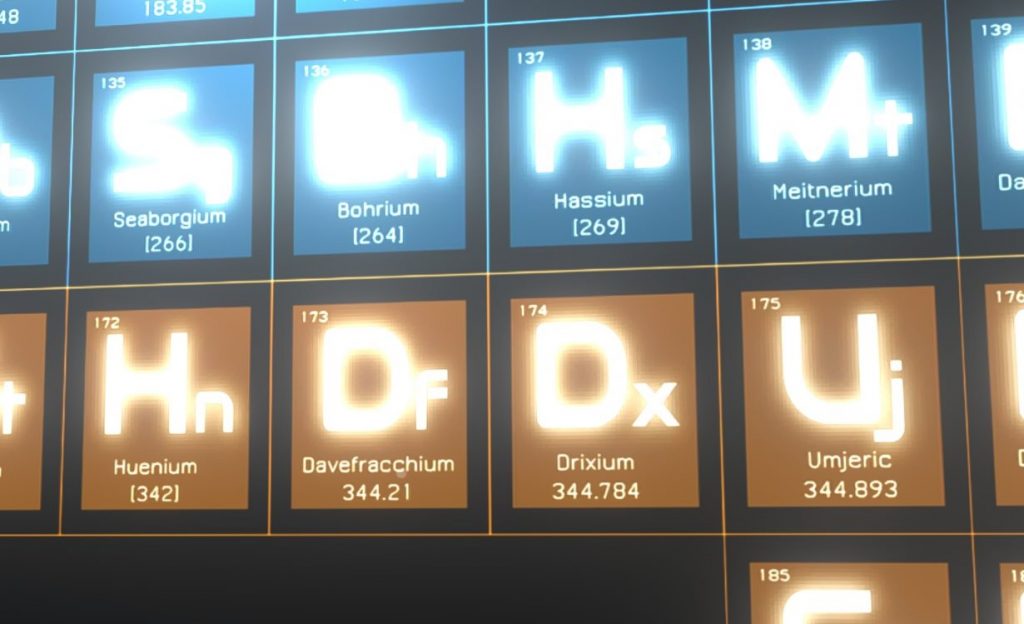

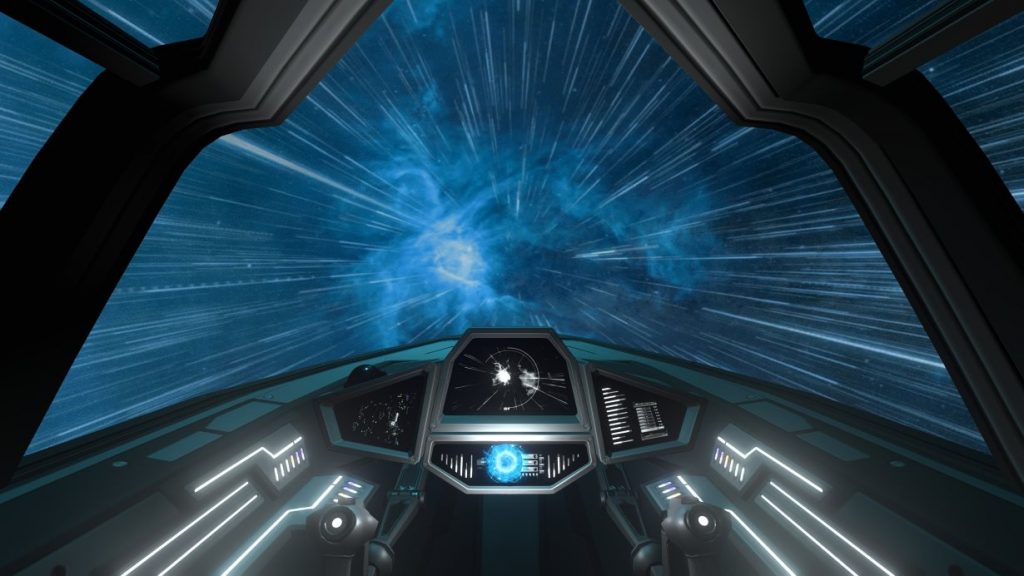

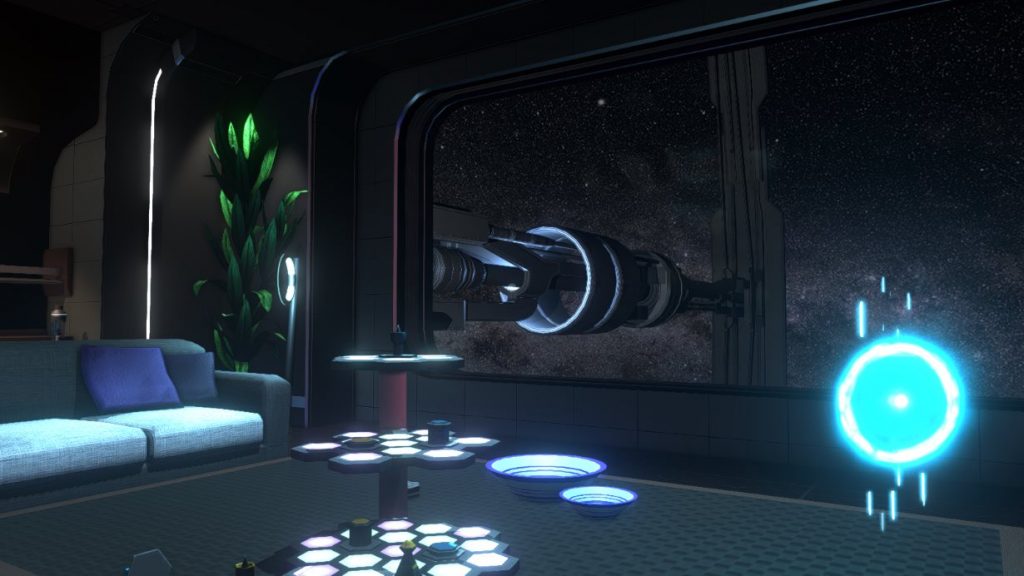
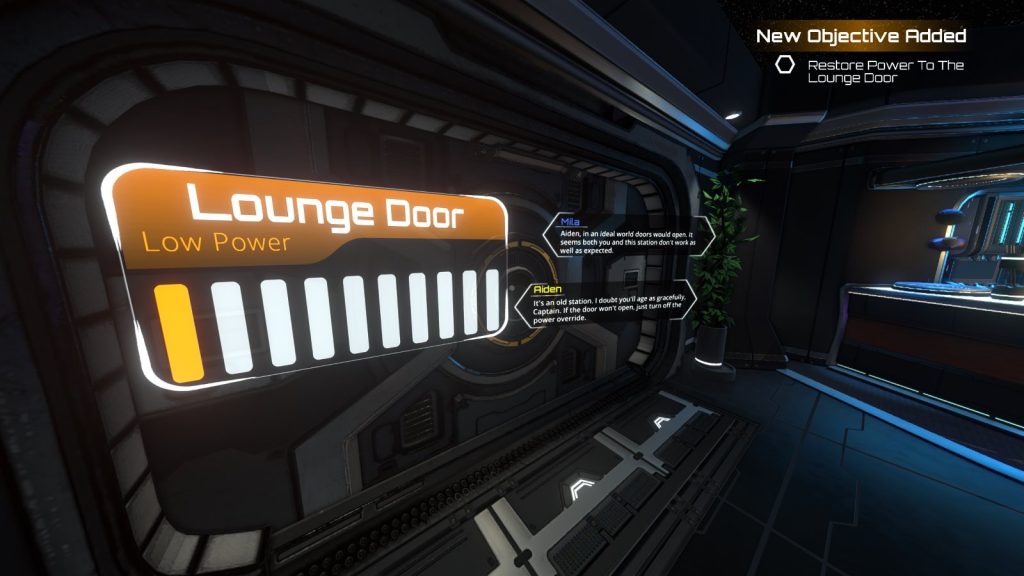
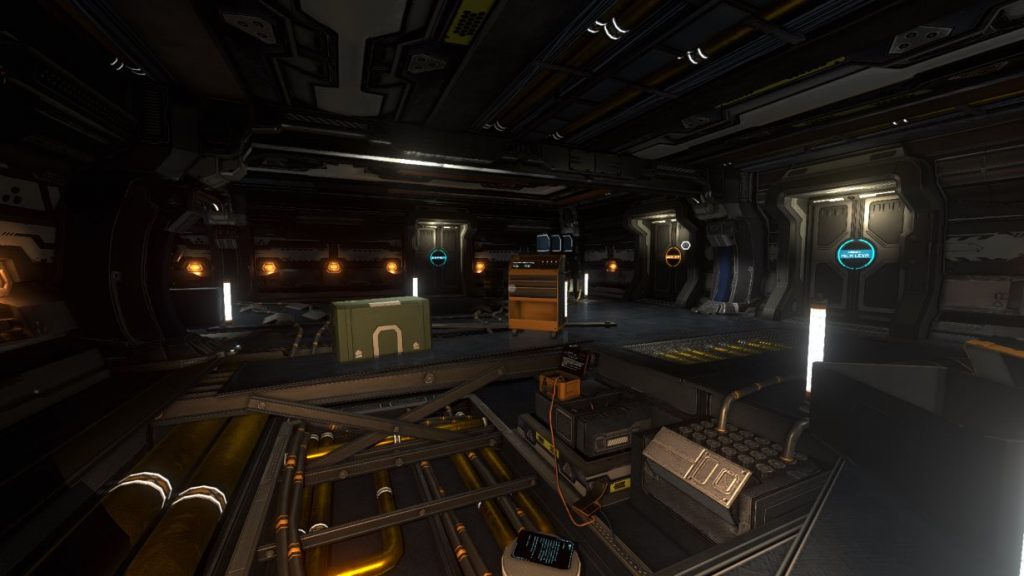
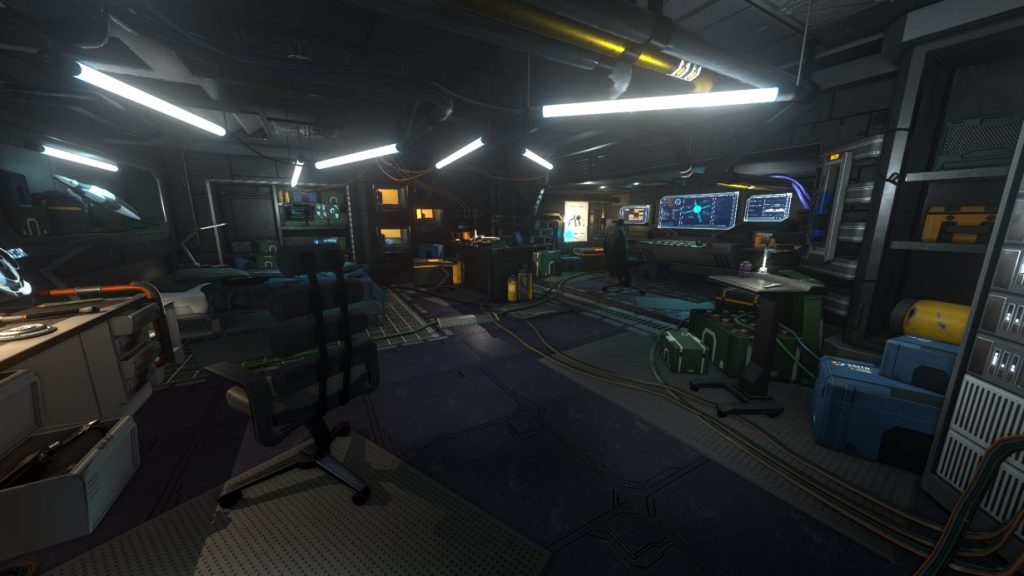
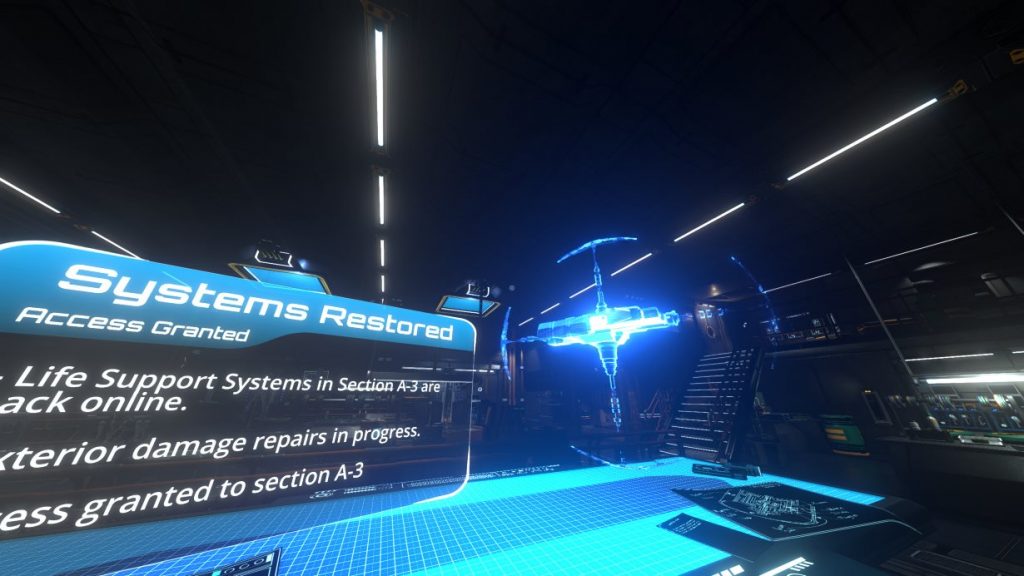











No comments